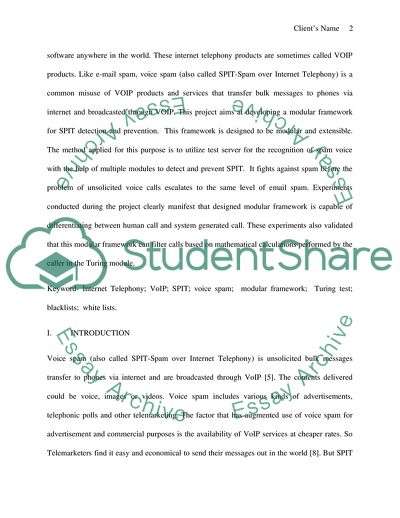Cite this document
(Voice over IP Coursework Example | Topics and Well Written Essays - 2000 words, n.d.)
Voice over IP Coursework Example | Topics and Well Written Essays - 2000 words. https://studentshare.org/information-technology/1789864-voice-over-ip
Voice over IP Coursework Example | Topics and Well Written Essays - 2000 words. https://studentshare.org/information-technology/1789864-voice-over-ip
(Voice over IP Coursework Example | Topics and Well Written Essays - 2000 Words)
Voice over IP Coursework Example | Topics and Well Written Essays - 2000 Words. https://studentshare.org/information-technology/1789864-voice-over-ip.
Voice over IP Coursework Example | Topics and Well Written Essays - 2000 Words. https://studentshare.org/information-technology/1789864-voice-over-ip.
“Voice over IP Coursework Example | Topics and Well Written Essays - 2000 Words”. https://studentshare.org/information-technology/1789864-voice-over-ip.


